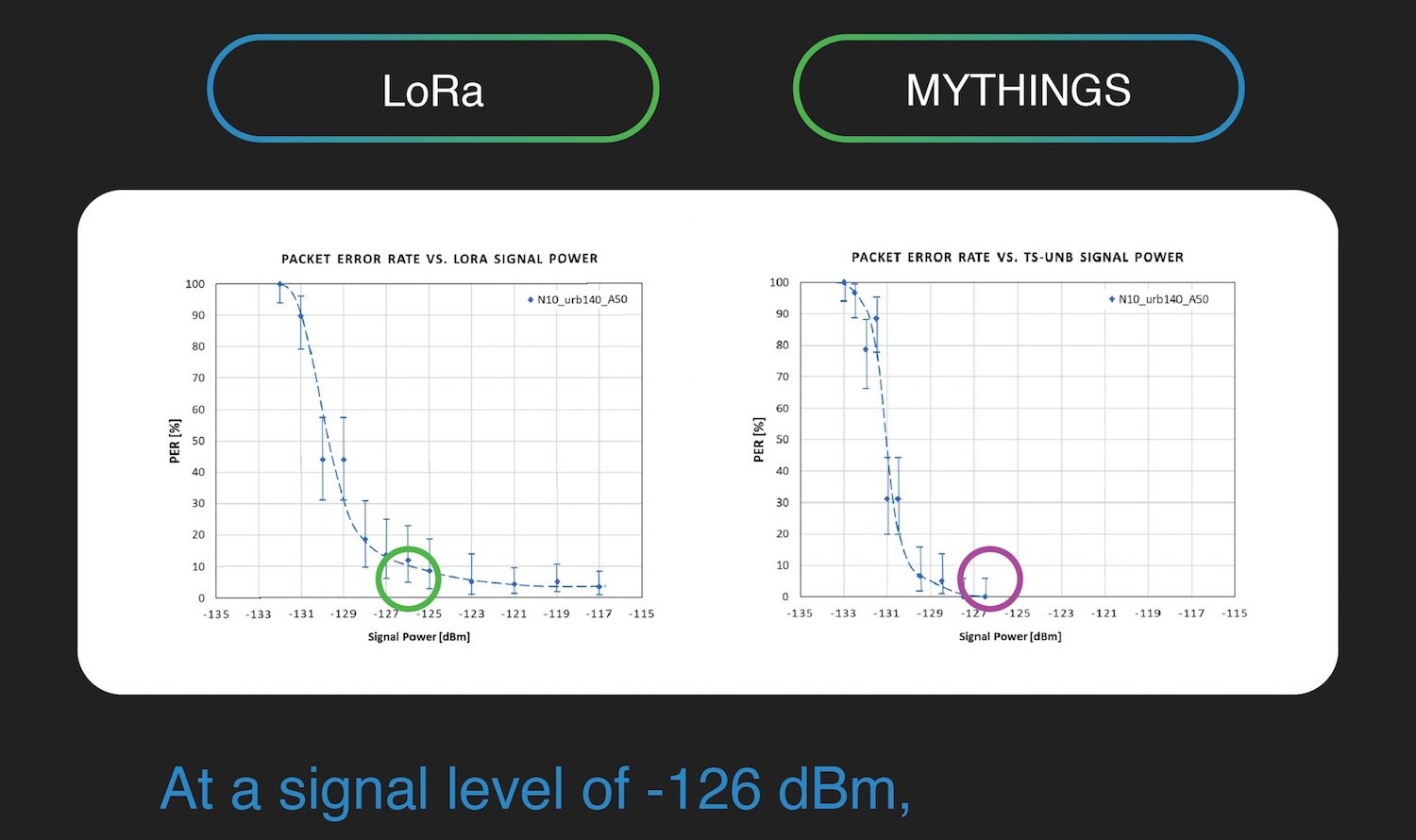IIoT Throwdown: BehrTech Pits Its MYTHINGS Technology Against LoRa for Industrial Applications
A researcher has tested two competing IoT technologies, MYTHINGS and LoRa, against each other to see which one is more reliable. How did they do?
BehrTech has released the results of a study they commissioned to pit their IoT technology, MYTHINGS, against the IoT juggernaut that is LoRa.
The test, which compared the two competing network types, was conducted by an independent researcher from the Nuremberg Institute of Technology, Professor Dr. Thomas Lauterbach.

Why Does Reliability Matter?
The rise of IoT has seen a massive shift in technology and how it is used. The start of IoT saw simple sensors taking simple measurements such as room temperature while cloud services could use this data to automate notifications to mobile devices and trigger actions such as air conditioning subroutines.
While the rise of AI has spawned smart devices that are ever more capable than their predecessors, the industrial IoT—or IIoT—has also been on the rise. This new industrial revolution is beginning to change how even the most basic manufacturing steps operate.
Of course, the influx of radio devices increases the strain on radio channels, creating more challenges to network reliability. Reliability in industry is of paramount importance and, according to BehrTech, IIoT applications require a packet error rate of less than 1%. This makes choosing the right wireless technology a million-dollar choice.
Comparing IIoT Networks: The Test
The aim of the test was to see which of the two network technologies, LoRa or MYTHINGS, is the more reliable method for IoT when exposed to radio noise.
The LoRa test utilized the LoRa MultiConnect Conduit IoT starter kit by Multitech (in EU mode) while the MYTHINGS test utilized the MYTHINGS Pilot Kit by BehrTech (also in EU Mode). Each kit was exposed to the same interference pattern at the same signal level to ensure that each technology was exposed to identical interference patterns. The laboratory setup utilized a metal shielding box to prevent cross-talk from the transmitter to the base station and two duration times of 60 minutes and 4 hours was performed.

Dr. Lauterbach's test setup. Image from BehrTech.
The interference models used in the tests were based on the IEEE Model Standard which includes no interference (as a control test), low interference (representing a smart building), medium interference (representing a smart city), and a dense environment (representing an IIoT environment).

The interference classes Dr. Lauterbach tested. Image from BehrTech
The dense interference test made the following assumptions:
- There are 7000 houses per square km
- Each house has 100 connected devices
- The total number of devices per square km is 700,000
- Each device sends 6 messages a minute
- Each message sent by devices is 5 milliseconds long
The Role of Interference in the IIoT: The Results
As expected, the control test where there was no interference resulted in near identical performance from both LoRa and MYTHINGS.
However, under dense interference conditions and at a signal level of -126dBm, Dr. Lauterbach found that LoRa had a message failure rate of over 10% whereas MYTHINGS had 0 messages lost.
The results of the test at -126 dBm. Image from BehrTech. Click to enlarge.
Even when the LoRa power was increased, the failure rate of LoRa remained at 5%. The results of this independent test suggest that MYTHINGS may have advantages for use in industrial environments which require high reliability in noisy environments.
While the study speaks to the reliability of MYTHINGS vs. LoRa in harsh environments, small-scale networks in rural locations may not necessarily benefit from the reliability of MYTHINGS demonstrated here if there are few external interference sources. Applications which do not demand high reliability (such as home automation), may not gain any significant advantage of using MYTHINGS.
Do you work with the IIoT? Would you reach for LoRa for industrial applications or would you look elsewhere? Share your thoughts in the comments below.









I carefully researched all the available LPWAN technologies from a business perspective i.e. can I build a business focused on industrial IoT for harsh campus environment like mine processing, hydrocarbon exploration and processing as well as for military applications. The only future proof technology is the telegram splitting technology as used by Mythings. This allows our business to guarantee message delivery, cost effectively, for customers used to the reliability of wired data.